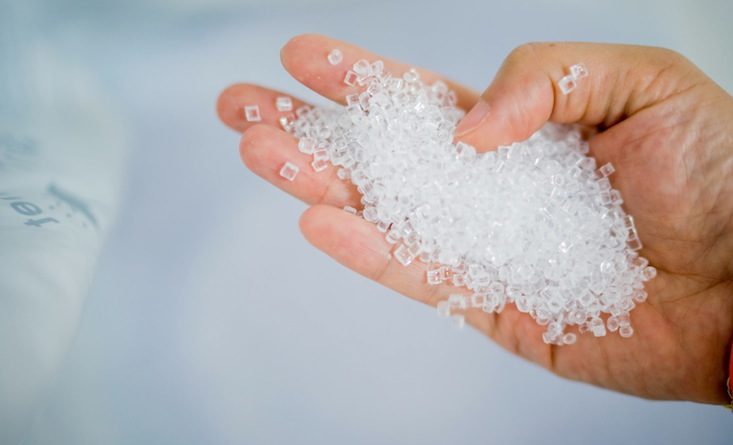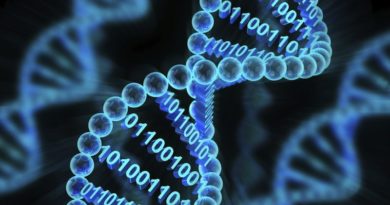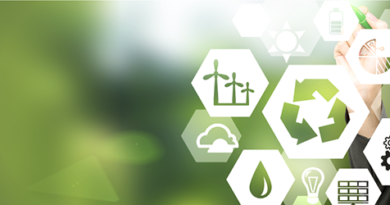
Plastics, chemicals and regulation
Today, plastics are important and ubiquitous materials in our economy. They make our lives easier in many ways and often cost less than alternative materials.
However, some plastic products contain hazardous chemicals and when these plastics end up in the environment, they can have a negative impact on nature.
When recycled, today’s plastics, can only undergo a limited number of recycling loops, which often involve them being downgraded in quality.
As recognised by the European Commission in its communication on the Chemicals, Products and Waste Interface, moving to circularity will therefore require innovation enabling chemical recycling or material circularity without quality loss.
This move is an opportunity for Europe to make better materials better for the economy and better for health and the environment.
Plastics are chemicals
In its ‘circular economy’ packaged of December 2015, the Commission adopted an action plan stressing the importance of developing a well-functioning single market for secondary raw materials.
This challenge can only be met if the legislative framework for materials travelling through the cycle primary materials, products, waste, secondary raw materials functions at all levels within the single market.
As part of the deliverables, the Commission published two communications in early 2018, one on plastics, focusing on the next decade and a broader one, looking ahead many decades, but also what to do in the mean time.
Both look at plastics and chemicals. From a chemicals legislation perspective, plastics are ‘mixtures’ or ‘articles’.
Once the plastic takes its final form molded into a plastic bottle, toy, or food wrapping foil it becomes an ‘article’.
Up until then it is a mixture. This means plastic, as it moves from its monomer, additive and stabiliser constituents, through the polymer to the finished article, moves through the various requirements in REACH and CLP from registration, through classification and labelling to restrictions of substances in the finished article.
As a follow-up to the 2013 Green Paper on Plastics, the Commission recently announced a Europe wide strategy on plastics as a part of the transition towards a more circular economy.
The goal is to make all plastic packaging in the EU recyclable by 2030 and to reduce the consumption of single-use plastics.
Achieving these goals requires organisational and behav- ioural changes, creates economic opportunities and new business models and will stimulate innovation in recycling technologies and even in polymer chemistry.
These innovations should consider the chemicals angle, in particular REACH and CLP, in order to increase sustainability.
Such innovations provide a strong business case for transforming the way products are designed, produced, used and recycled.
By taking the lead in this transition, the European Union hopes to create new investment opportunities and jobs.
Chemicals, waste and regulations
The communication on Chemicals, Products and Waste takes these goals one step further looking at the long term and at all materials, not just plastic.
In essence, a material waste stream, leaving the waste phase, is a substance or mixture under REACH and CLP.
This shows how intertwined the chemicals and waste legislation actually is and how the product legislation is dependent on both.
But it also shows that circularity of materials can not be achieved without looking at the chemicals angle.
In fact, the chemicals policy objectives fit well with the waste policy objective and this is evident when both policies are viewed using the waste hierarchy.
Eliminating substances of very high concern, substituting hazardous chemicals with less hazardous ones and, where this is not possible, minimising their use and tracking them, are prerequisites of the first step in the waste hierarchy: prevention.
The best way to prevent substances of concern in waste is by avoiding their use in products.
This in turn is consistent with the priorities of the waste hierarchy, leading to high quality recovery, including preparation for re-use and recycling, in an environmentally sound way while ensuring high standards of protection of human health.
Next steps, involving ECHA
In response to the high levels of plastic leaking into our environment and its harmful effects, solutions have been sought to design biode- gradable and compostable plastics.
However, most plastics that are currently available and labelled as biodegradable only degrade under specific conditions, which do not occur in the natural environment, and can therefore still cause harm to ecosystems.
Furthermore, it is estimated that 2 to 5 % of all plastics produced end up in oceans.
Some of these are microplastics, that result either from the grinding of larger plastic pieces in the sea or from the release of microplastics intentionally added to products.
Although microplastics intentionally added to products represent a comparatively small proportion of all those in the sea, they could be causing problems ‘upstream’ in our inland waters and soils.
In response to this, several countries, including some EU Member States, have taken action to restrict their use and the cosmetic industry has also taken voluntary action.
In line with the REACH procedures for restricting substances that pose a risk to the environment or health, the Commission has therefore started the process of restricting the use of intentionally added microplastics and of oxo-degradable plastics, by requesting ECHA to review the scientific basis for taking regulatory action at the EU level.




